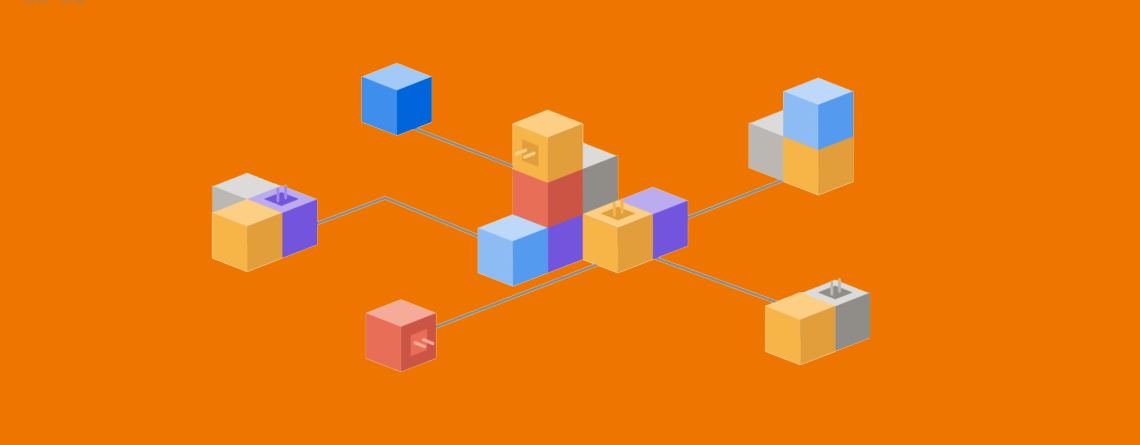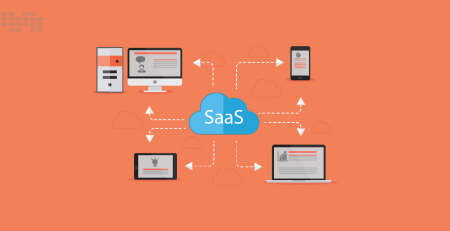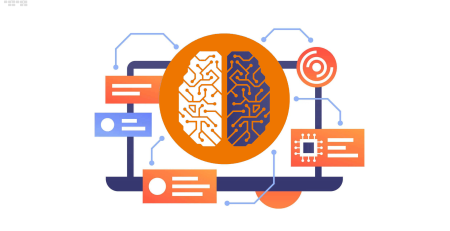Breaking Down Microservice Architecture: Components and Concepts
Microservice architecture has become a potent paradigm in the constantly changing world of software development, changing the way we create and design online applications. This ground-breaking method divides large, complex systems into manageable chunks and has several advantages in terms of scalability, adaptability, and maintainability. We’ll go deeply into the elements and ideas that make up microservice architecture in this blog article, investigating both its benefits and drawbacks as we go.
Microservice Architecture: An Overview
What are Microservices?
Microservices are a structural design pattern that divides an application into a collection of loosely coupled services, each responsible for a specific business capability. These services are independently deployable, communicate through well-defined interfaces, and can be developed using various technologies.
Key Concepts
- Decoupling: Microservices are decoupled from one another, which means they can be developed, deployed, and scaled independently. This allows for faster development and adaptation to changing requirements.
- Independence: Each microservice is a self-contained unit, with its own data store and logic. This independence ensures that changes or issues in one service don’t affect the functionality of others.
- Containerization: Containers, such as Docker, are often used to package microservices along with their dependencies. This ensures consistency between development and production environments.
- Communication: Microservices communicate with each other through lightweight protocols, like HTTP or message queues. This enables seamless coordination and data sharing between services.
Components of Microservice Architecture
Service Instances: These are individual microservices that handle specific functionalities, such as user authentication, order processing, or data storage.
API Gateway: An API gateway acts as a front door to the microservices, routing requests to the appropriate service instances. It also handles tasks like load balancing and authentication.
Service Registry: A service registry, often implemented using tools like Netflix Eureka, keeps track of available service instances. This helps with dynamic service discovery.
Load Balancer: Load balancers distribute incoming traffic across multiple instances of a service to ensure even workload distribution and high availability.
Database per Service: Each microservice typically has its own database, optimized for its specific requirements. This ensures data isolation and scalability.
Advantages of Microservice Architecture
- Scalability: Microservices can be scaled individually, allowing for efficient resource utilization and improved performance.
- Flexibility: Developers can choose the best technology stack for each microservice, making it easier to adopt new technologies or languages as needed.
- Rapid Development: Smaller, focused teams can develop and deploy microservices quickly, enabling faster time-to-market for new features.
- Fault Isolation: Issues in one microservice don’t necessarily affect others, enhancing system robustness and fault tolerance.
Disadvantages of Microservice Architecture
- Complexity: Managing a large number of microservices can be complex, requiring robust orchestration and monitoring tools.
- Increased Operational Overhead: Running multiple microservices and containers necessitates additional operational effort and infrastructure.
- Communication Overhead: Inter-service communication can introduce latency and complexity, especially in distributed systems.
- Data Consistency: Maintaining data consistency across microservices can be challenging, requiring careful planning and synchronization mechanisms.
Conclusion
A revolutionary method for creating online applications, microservice architecture provides scalability, flexibility, and independence. It does, however, also have its own unique set of difficulties. To fully utilize microservices while avoiding potential hazards, it is essential to comprehend their components and underlying principles. A thorough understanding of an architecture’s elements and principles is essential for success in today’s dynamic software development environment, whether you’re thinking of using microservices or trying to optimize an existing design.












Leave a Reply